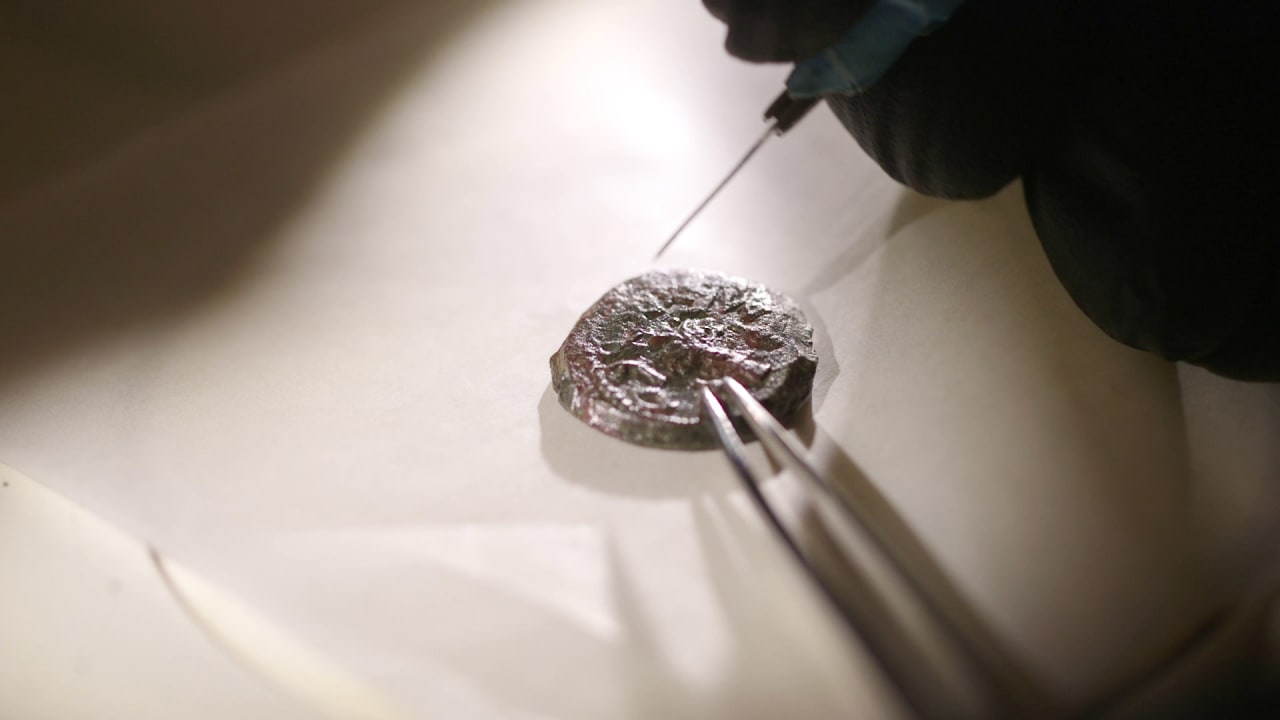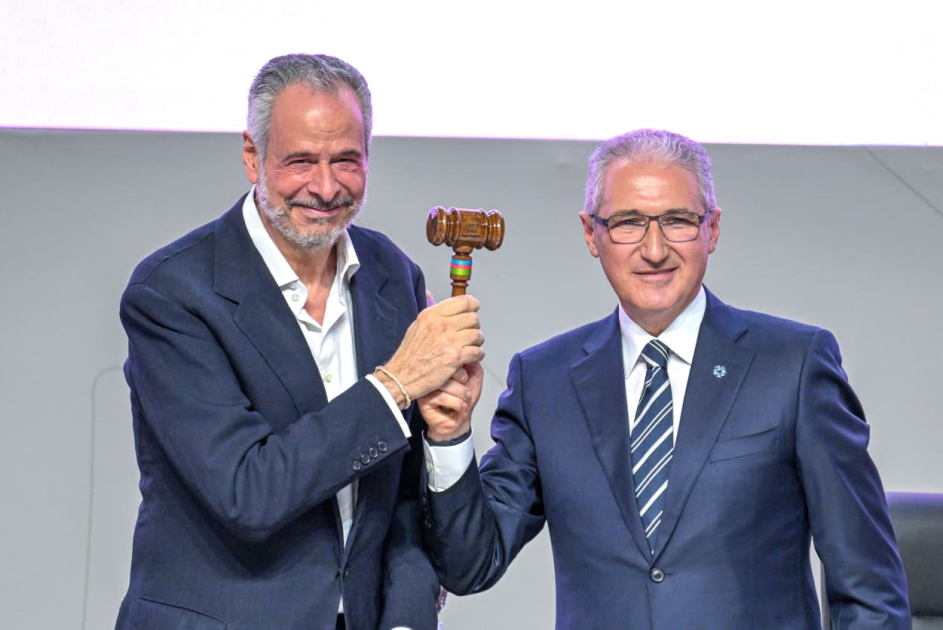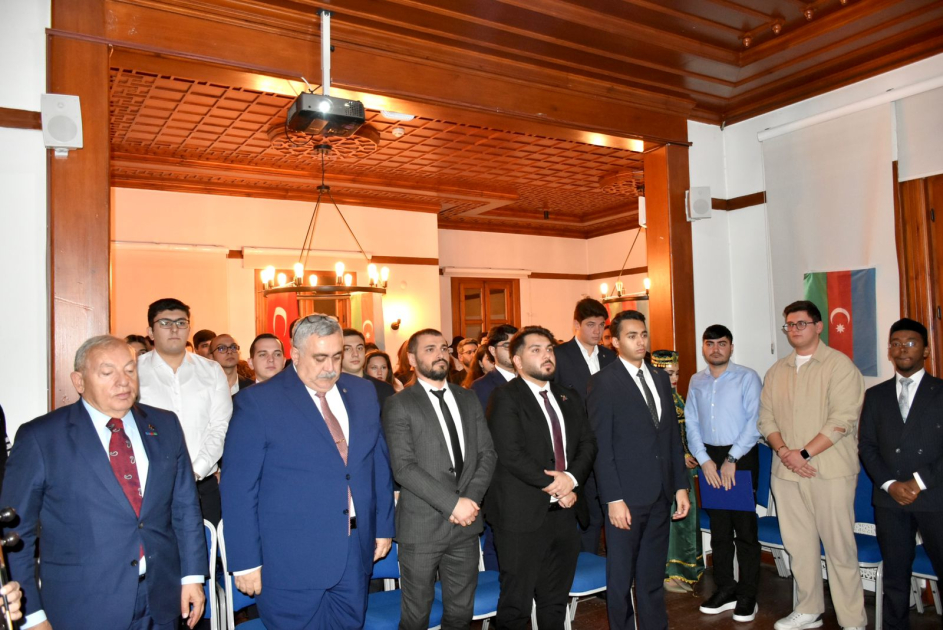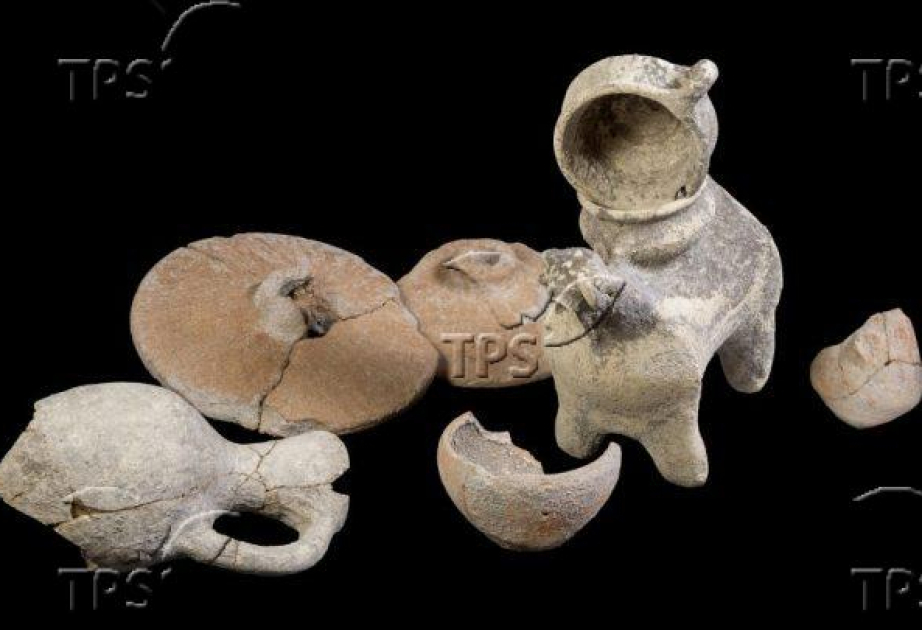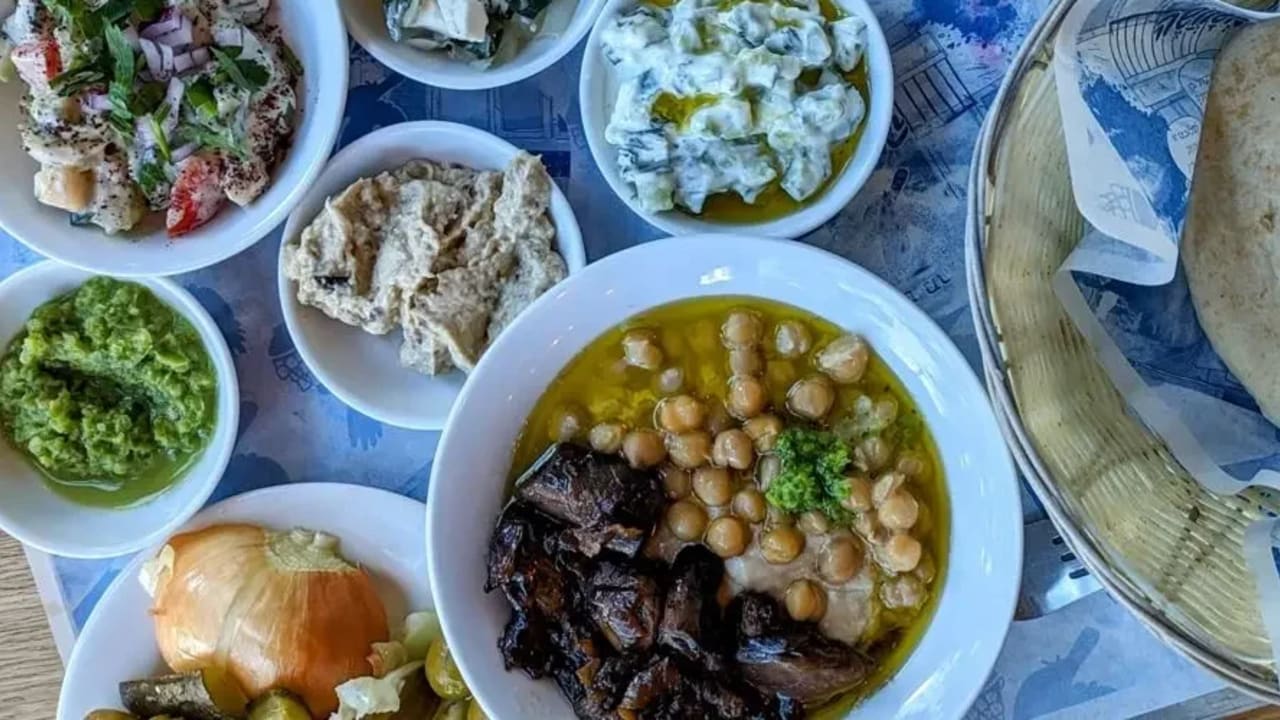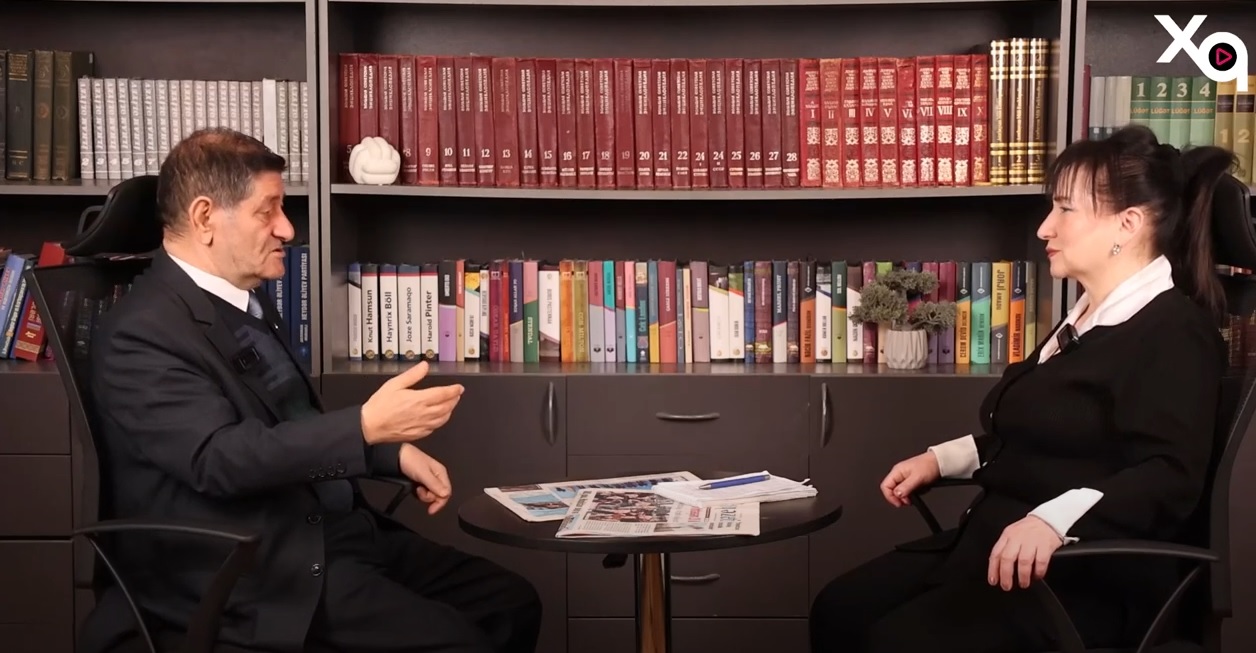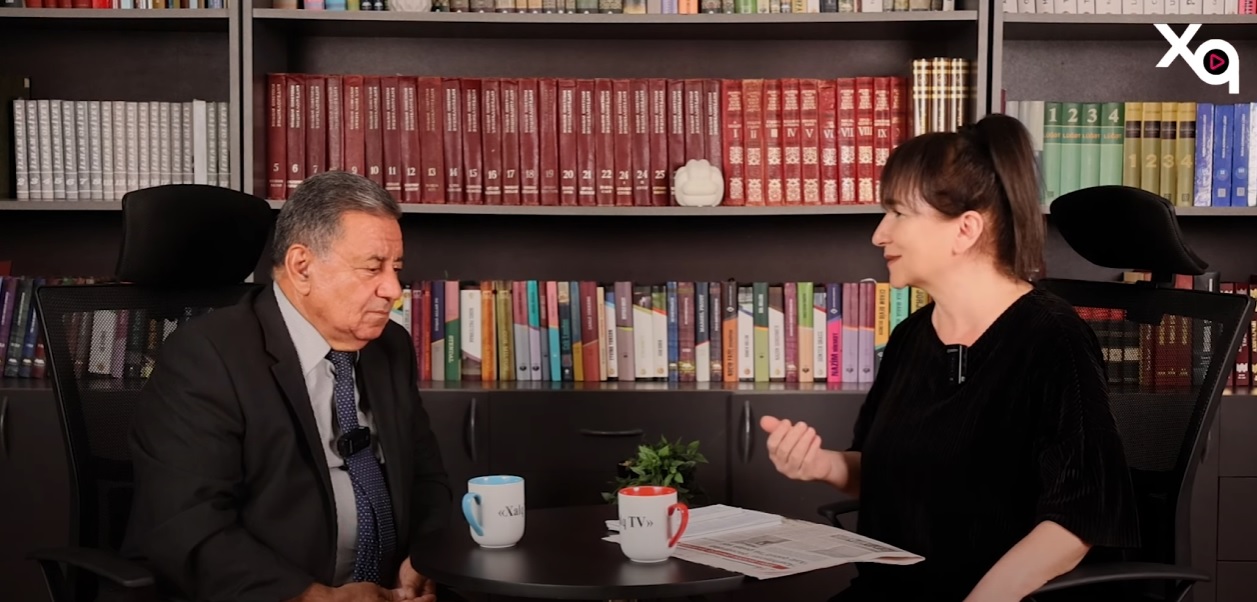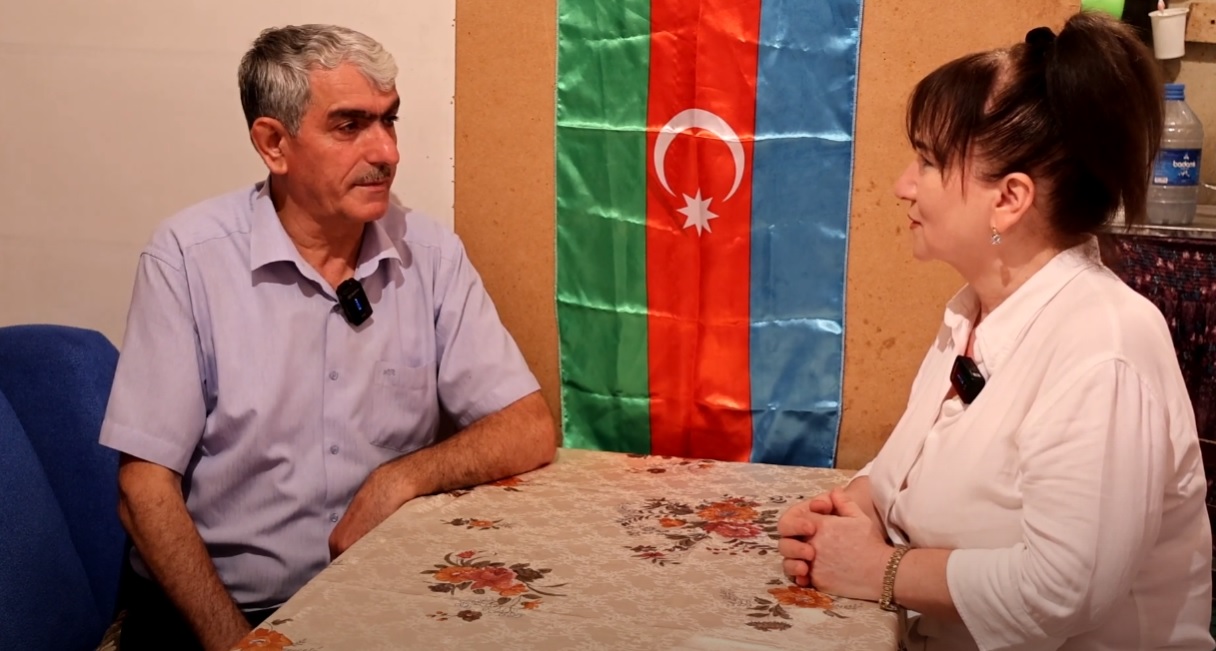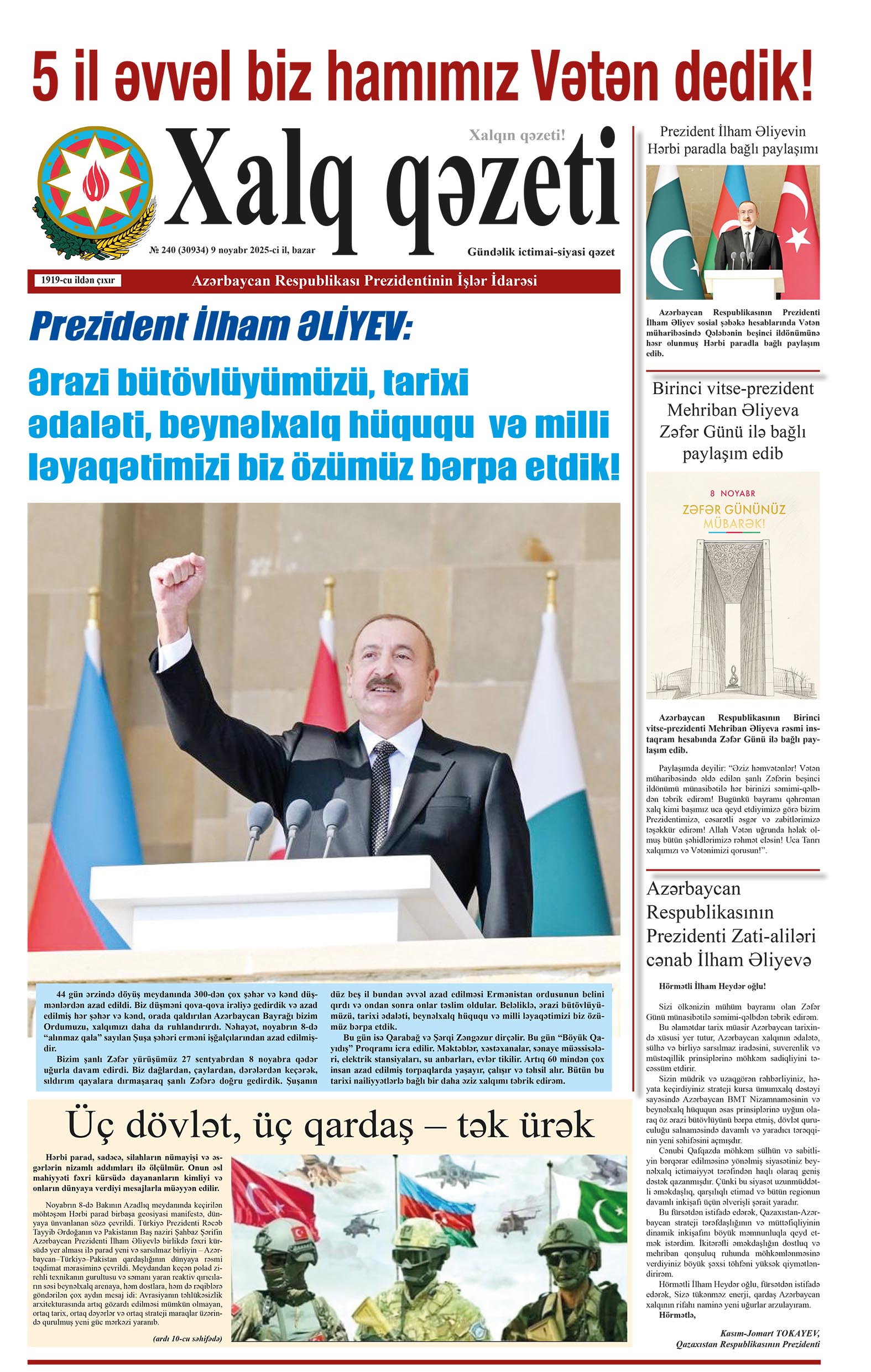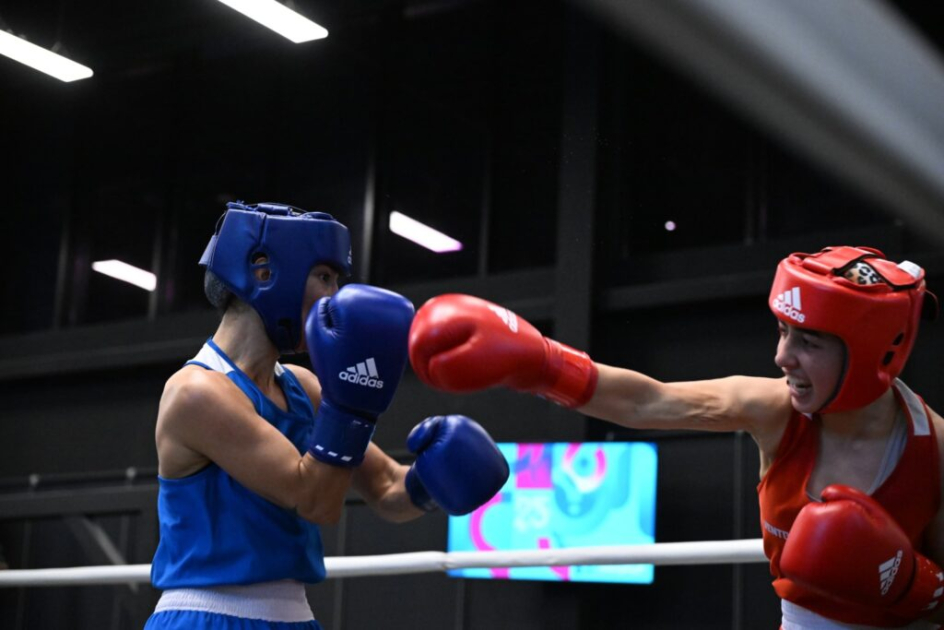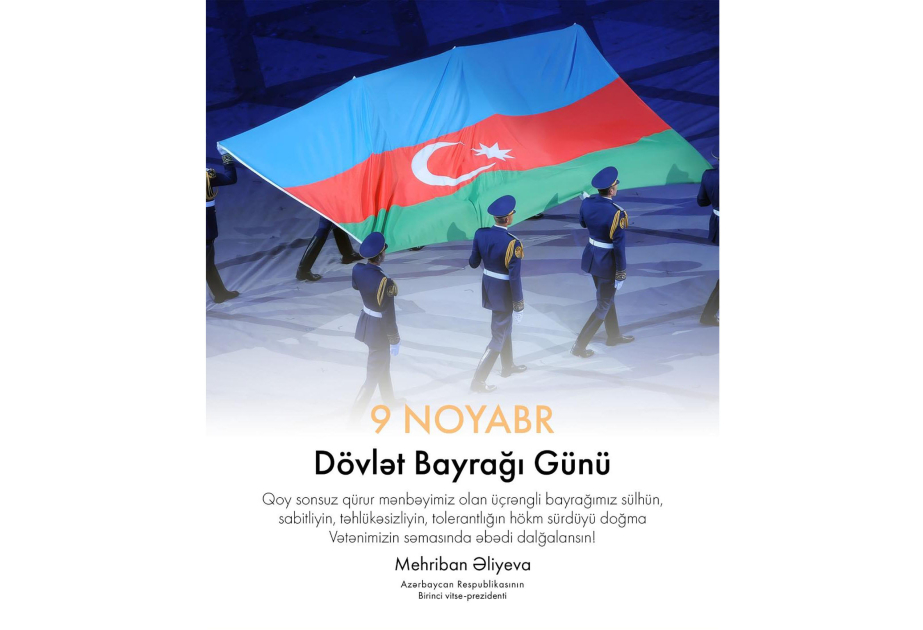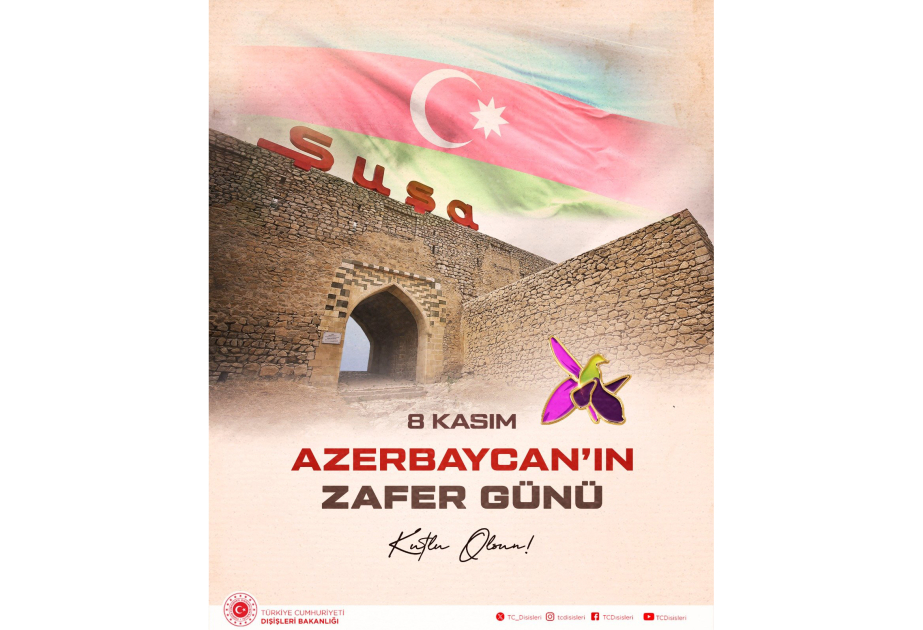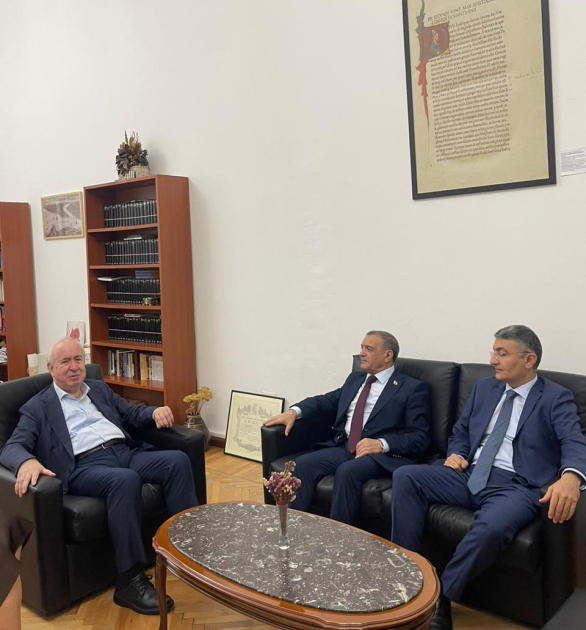Jerusalem Post
ByJOANIE MARGULIES
The rare bronze coin engraved in Hebrew with 'For the Redemption of Zion' was found near the southwest corner of the Temple Mount in the Jerusalem Archaeological Garden – Davidson Center.
The year before the destruction of the Second Temple in 70 CE, Jews minted a bronze coin, which would be uncovered in Jerusalem thousands of years later. Found during a joint excavation of the Israel Antiquities Authority (IAA), the City of David, and the Jewish Quarter Reconstruction and Development Company, this coin portrays the Jewish people’s fight for survival through centuries of persecution.
The rare bronze coin, stamped with the Hebrew inscription “For the redemption of Zion,” was discovered near the southwest corner of the Temple Mount in the Jerusalem Archaeological Garden – Davidson Center. It was minted during the fourth year of the Great Revolt against the Romans, a period between March-April 69 CE and February-March 70 CE, just months before Jerusalem’s fall.
“In the last few days, an unexpected gift has been discovered,” said Esther Rakow-Mellet, an archaeologist with the IAA. She recounted how once Yaniv David Levy, the coin researcher, found the dirt-covered coin, “We waited anxiously for several days until it came back from cleaning, and it turned out that it was a greeting from the Jewish rebels in year four of the Great Revolt.”
Levy, a researcher and curator in the coin department of the IAA, described the coin’s features: “On its obverse side you can see a model of a goblet, and around it is an inscription in ancient Hebrew script: Lege’ulat Zion, ‘For the redemption of Zion’. On its reverse is a lulav, a palm frond used in the Sukkot festival ritual. Next to it are two etrog [fruits], the citron used in that same ritual. The reverse bears the inscription: ‘year four.’”
Different from earlier rebel coinage
Levy explained that the “year four” bronze coins differed significantly from earlier rebel coinage, increasing in size and weight. More notably, the inscription shifted from “For the freedom (herut) of Zion” to “for the redemption of Zion.” It is widely believed that these coins were minted in Jerusalem under the leadership of Shimon Bar Giora – a prominent commander in the revolt’s final year – and are considered relatively rare due to the dwindling rebel capabilities at that time.
Yuval Baruch, an excavation director for the IAA who has researched this site for over 25 years, believes this change in inscription indicates a “profound change of identity and mindset, and perhaps also reflects the desperate situation of the rebel forces about six months before the fall of Jerusalem.”
He suggests that the rebels, now besieged, moved from a mood of euphoria and anticipation of “freedom” to a more dispirited yearning for “redemption.” The depiction of the ritual Four Species on the coin, symbols of the Sukkot Festival and the national pilgrimage to the Temple, may have been intended to evoke a sense of redemption and hope for a miracle.
“Two thousand years after the minting of this coin, we come along a few days before Tisha B’Av (9th of the Hebrew month of Av) and find such a moving testimony to that great destruction, and I think there is nothing more symbolic,” Rakow-Mellet said.
Israeli Heritage Minister Rabbi Amichai Eliyahu echoed this sentiment, stating, “The coin that was found – ‘For the redemption of Zion’ – truly expresses the longing throughout the generations for redemption, for revival, for a free Jerusalem. Two thousand years later, we are privileged to discover this evidence in excavations in Jerusalem; another moving testimony that our roots here run so deep, they cannot be uprooted. This is a strengthening and encouraging message to the people and to the nation of Israel, just before the national day of mourning of the 9th of Av.”
This unique ancient coin is being presented to the public for the first time this summer during family tours held at the Jay and Jeanie Schottenstein National Campus for the Archaeology of Israel in Jerusalem.
Additionally, the annual event, How the Rocks Are Broken, will be held on the eve of Tisha B’Av, Saturday night, August 8, in the City of David, featuring a traditional reading of the Scroll of Lamentations amid the very remains of Jerusalem’s destruction.


